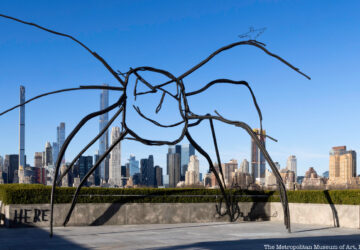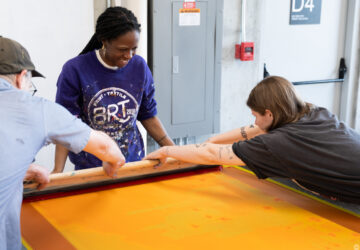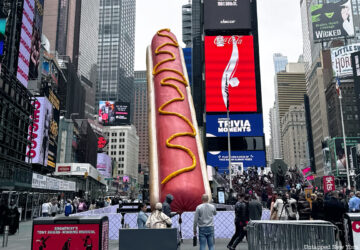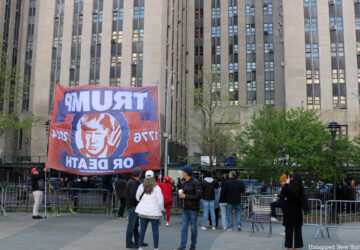What do you want to change about your city? In Kuala Lumpur, Malaysia, a group of citizens started the #betterKL movement, an initiative to crowd-source constructive ways to improve the city they live in. The grassroots movement sought to move the focus from quotidian gripes about urban life to ideas about how to make the city better. “Don’t just live in the city, live for the city,” the BetterCities manifesto urges.
#betterKL began with guerrilla public interventions, like #whilewewait with “experiments for bored commuters” where bus stops were modified to encourage dialogue about public transport. Since then, the organization has proposed ReCAR, car-share model to encourage use of public transit into Kuala Lumpur and highlighted the city’s passionate urban cyclists.
#betterKL’s brand of grassroots urban activism has proven to be contagious, and has spread to Malaysia’s neighbor, Singapore, where the hashtag #betterSG has generated thousands of tweets. The first #betterSG project, Safe Streets, has been launched, with the aim of exploring the possibilities of making streets in one community safer and more livable, particularly for cyclists and pedestrians. Much of the discourse on #BetterCities has centered around urban planning, though in another #betterSG spinoff project called We, the Citizens, the emphasis has been on soliciting people’s visions of a more socially inclusive society.
Perhaps this focus on inclusion is one of the things that makes the #bettercities movement so special: the international movement has sought to encompass as many perspectives and as many disciplines as possible, and reached out to urban planners, architects, designers, writers, business owners and anyone who cares to collaborate to better urban life.
What does your better city look like? You can watch the #BetterCities talk series and learn how to start your own conversation here.





